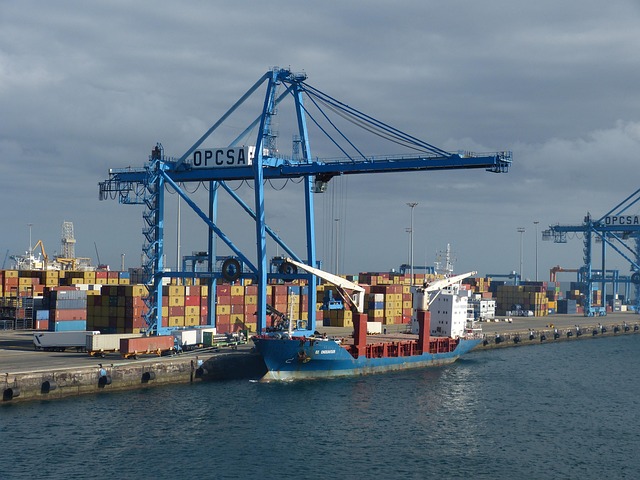Shipping containers face significant corrosion challenges in harsh environments, leading to reduced lifespans and costly repairs. Modern solutions combat this through enhanced corrosion resistance features like galvanized steel, protective coatings, and specialized treatments. These innovations extend the lifespan of freight, intermodal, and sea containers, reducing maintenance costs for businesses engaged in international trade and logistics. Real-world applications show that corrosion-resistant shipping containers can last over a decade, achieving substantial economic benefits and sustainability goals.
In the dynamic world of logistics, extending the service life of shipping containers is a game-changer. Corrosion, often overlooked, can significantly impact these essential assets, leading to costly repairs or premature replacements. This article delves into the critical issue of corrosion resistance in shipping containers, exploring its impact, traditional limitations, and cutting-edge technologies that offer lasting solutions. We’ll highlight the benefits of adopting corrosion-resistant containers and present compelling case studies demonstrating their real-world advantages.
- The Impact of Corrosion on Shipping Containers
- Traditional Materials and Their Limitations
- Introduction to Corrosion-Resistant Technologies
- Benefits of Using Corrosion-Resistant Containers
- Case Studies: Real-World Applications and Results
The Impact of Corrosion on Shipping Containers
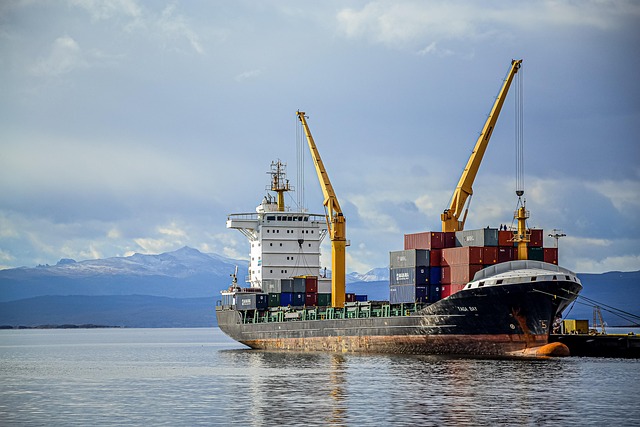
Corrosion is a significant enemy for shipping containers, posing a considerable threat to their structural integrity and longevity. When left unchecked, corrosion can weaken the walls, floors, and frames of these essential freight containers, making them unsafe for transporting goods across borders. This deterioration process is particularly accelerated by exposure to harsh weather conditions, salt water, and damp environments—factors commonly encountered during sea transport.
As a result, corrosion significantly reduces the service life of shipping containers, which can lead to costly repairs or premature replacement. To combat this issue, many modern shipping crates are now designed with enhanced corrosion-resistant features, such as galvanized steel construction, protective coatings, and specialized treatments. These innovations not only safeguard the containers’ structural soundness but also contribute to more efficient container leasing and rental services, ensuring that cargo can be securely transported in a reliable fleet of durable sea containers, regardless of its global journey through various container depots and transport methods like container shipping or intermodal transportation.
Traditional Materials and Their Limitations
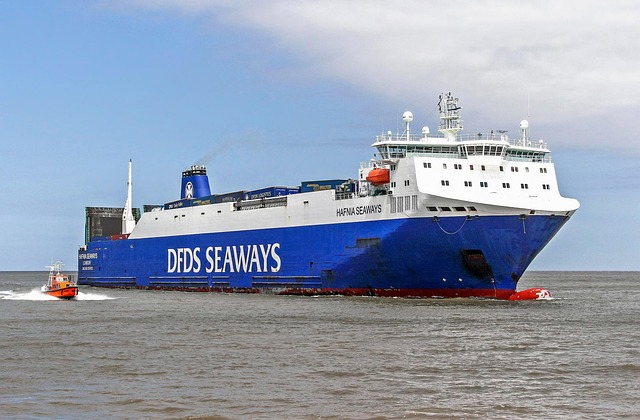
In the realm of shipping and logistics, traditional materials like steel have long been the go-to for constructing shipping containers. However, these metal structures face significant challenges when exposed to corrosive environments, particularly during prolonged container shipping journeys. The harsh conditions at sea, including salty air, varying temperatures, and moisture, accelerate corrosion, leading to reduced cargo container lifespan. This issue is especially pertinent for freight containers and Intermodal containers, which often traverse vast distances across diverse climates.
The limitations of conventional steel become more apparent when considering the vast amount of time and resources required for frequent container leasing or rental. With each repair or replacement, businesses incur substantial costs, disruptions in container transport, and potential delays in delivering goods. This prompts a shift towards innovative solutions that offer enhanced durability and corrosion resistance, ensuring a longer service life for these essential storage containers across various sectors of the global supply chain.
Introduction to Corrosion-Resistant Technologies
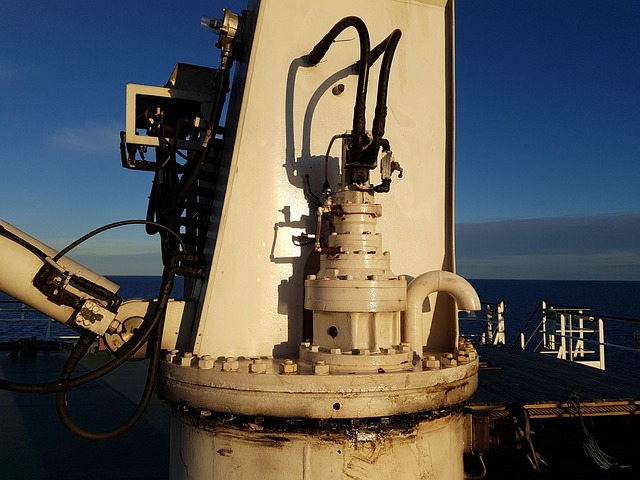
Corrosion-resistant technologies have revolutionized the way we think about shipping containers, extending their service life dramatically and enhancing their reliability in various environments. These innovations are particularly crucial for the freight container industry, where cargo needs to be transported over long distances, exposed to diverse weather conditions, and stored in diverse locations. By incorporating advanced materials and designs, such as high-quality alloys, specialized coatings, and corrosion-inhibiting barriers, these technologies safeguard containers from the damaging effects of moisture, salt, and other corrosive elements, ensuring their structural integrity for years to come.
Whether it’s an intermodal container, sea container, or refrigerated cargo container, each type benefits from these advancements. For instance, ISO containers, known for their standardized dimensions and capacity, can now be equipped with modular features that facilitate easy conversion into various purposes, including temporary offices or storage units, thanks to the enhanced durability provided by corrosion-resistant treatments. Container leasing and rental services also stand to gain, as clients can expect longer life spans and reduced maintenance costs when using these advanced shipping crates, making container transport more efficient and cost-effective overall.
Benefits of Using Corrosion-Resistant Containers

Using corrosion-resistant shipping containers offers significant advantages for businesses involved in international trade and logistics. These specialized containers are designed to withstand harsh environmental conditions, particularly during maritime transportation, where salt water, humidity, and varying temperatures can accelerate metal corrosion. By adopting such containers, companies can dramatically extend the service life of their freight containers, intermodal containers, and sea containers, reducing maintenance costs and minimizing delays caused by container failures.
Corrosion resistance isn’t just about durability; it also impacts the overall efficiency of container shipping. With reliable containers, businesses can streamline their container leasing and rental processes, ensuring a consistent supply chain without unexpected disruptions. Moreover, these containers’ modular design allows for easy conversion into various types, such as office containers, refrigerated containers, flat rack containers, or open top containers, catering to diverse cargo needs, including perishable goods, mechanical parts, and oversized items, within the same robust framework.
Case Studies: Real-World Applications and Results
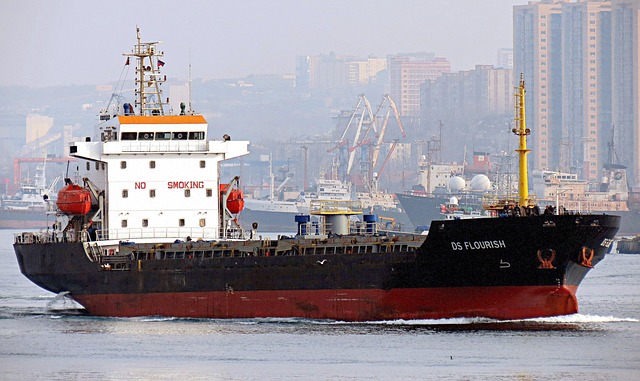
In real-world applications, corrosion-resistant shipping containers have proven to extend service life dramatically across various industries. Case studies show that in harsh environments, such as coastal regions or areas with high humidity, traditional steel containers can suffer significant deterioration within a few years due to rust and corrosion. However, by implementing corrosion-resistant treatments and materials, these containers can now last for over a decade, significantly reducing replacement costs and waste.
One notable example involves a major global freight container leasing company that switched to high-durability, anti-corrosion coatings on its ISO 20ft and 40ft sea containers. This change resulted in an average extension of container lifespan by 75%, from 5 years to over 9 years under standard conditions. The reduced maintenance needs and lower replacement rates have translated into substantial savings for the company, making corrosion-resistant shipping containers a wise investment in both sustainability and economics.
Corrosion-resistant shipping containers offer a game-changing solution for extending the service life of these essential logistics assets. By leveraging advanced technologies, industries can now benefit from enhanced durability, reduced maintenance costs, and increased global trade efficiency. As demonstrated through real-world case studies, adopting corrosion-resistant materials has proven to be a powerful strategy, ensuring shipping containers remain in top condition even in challenging environments. This innovative approach promises to revolutionize the transportation industry, making it more resilient and sustainable for years to come.
